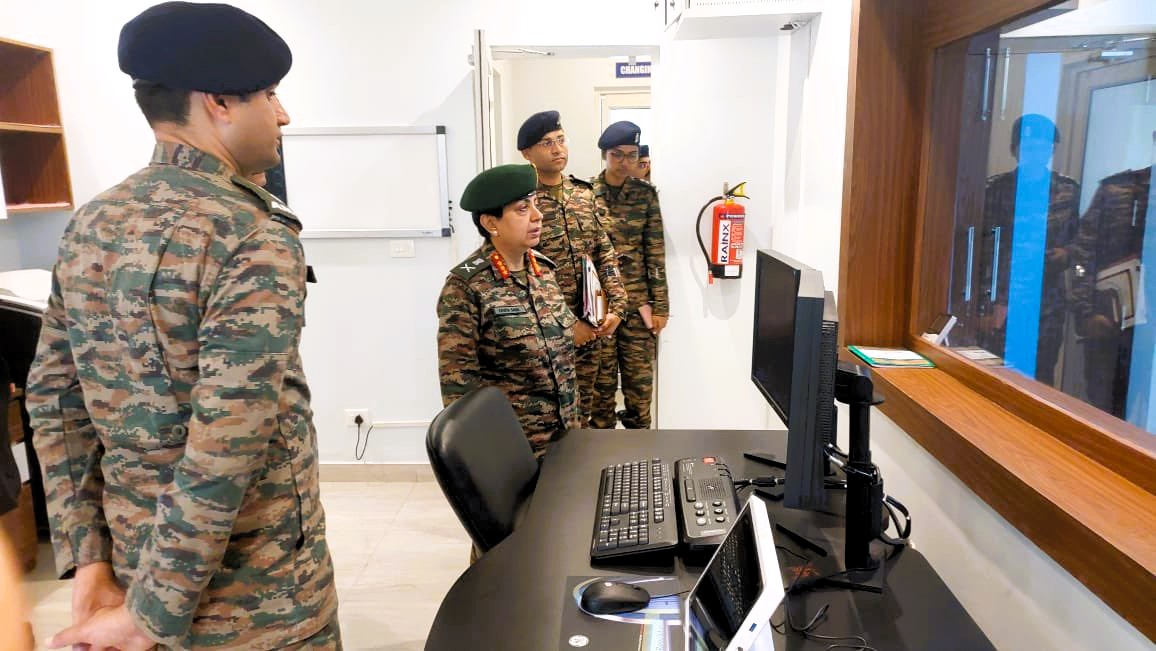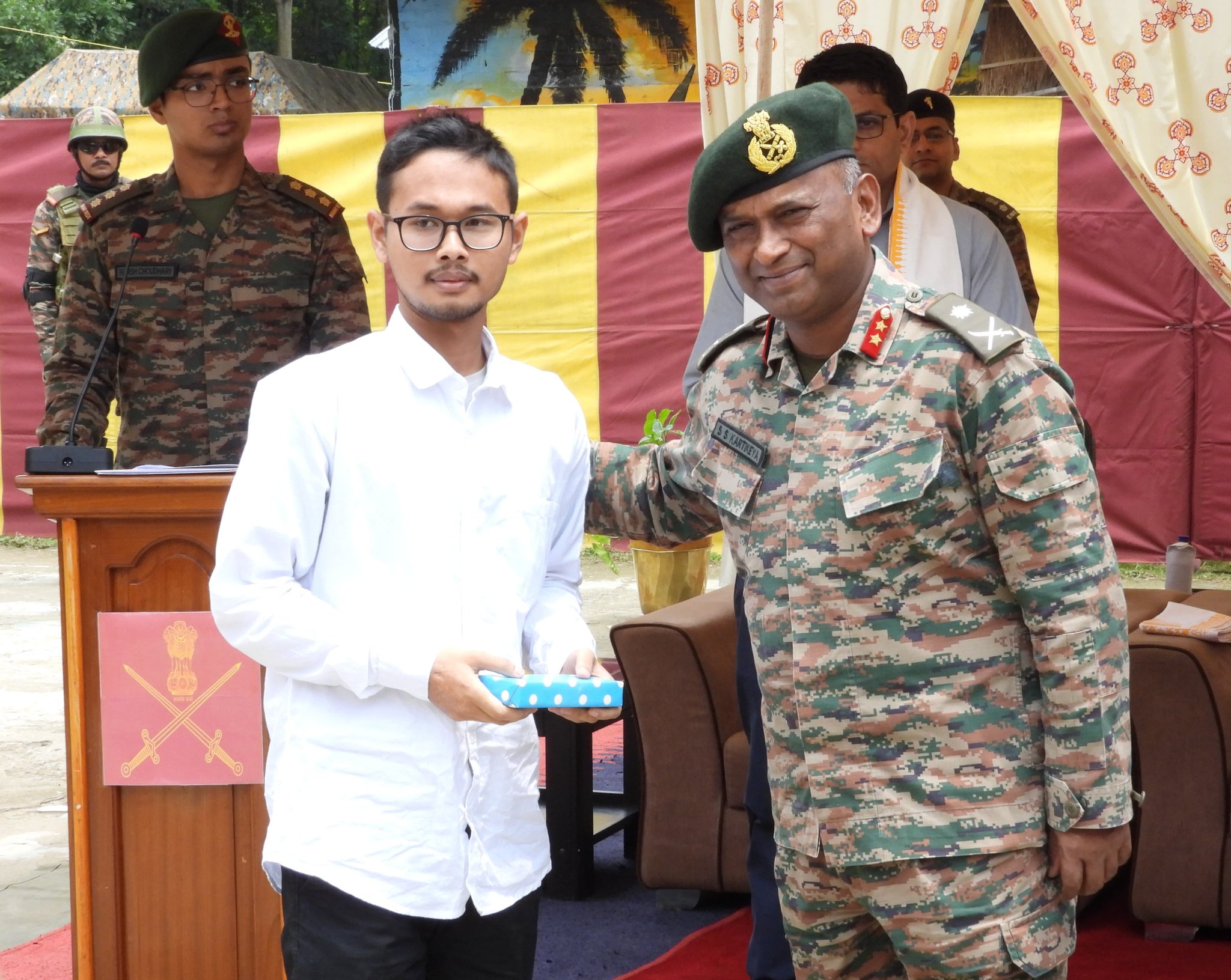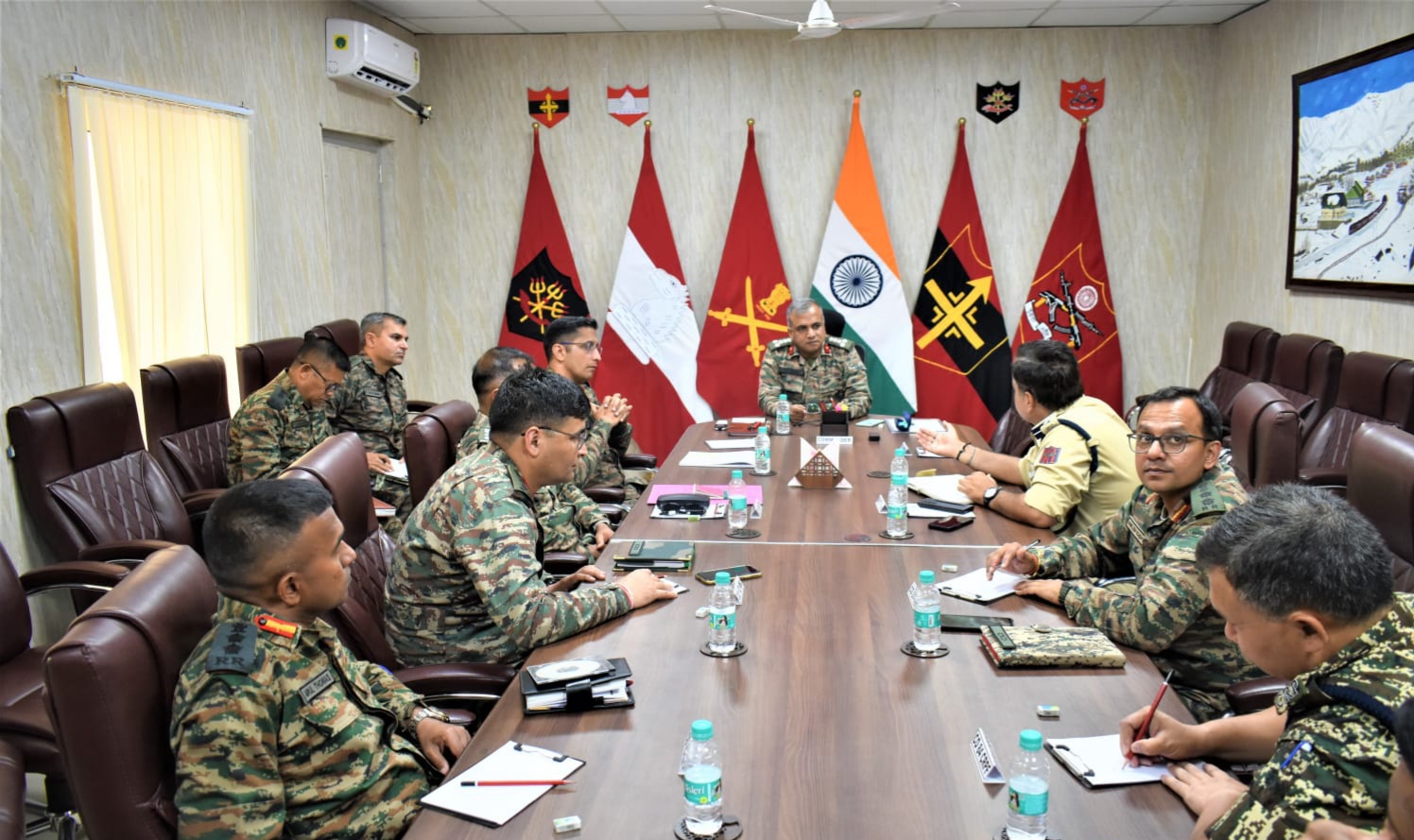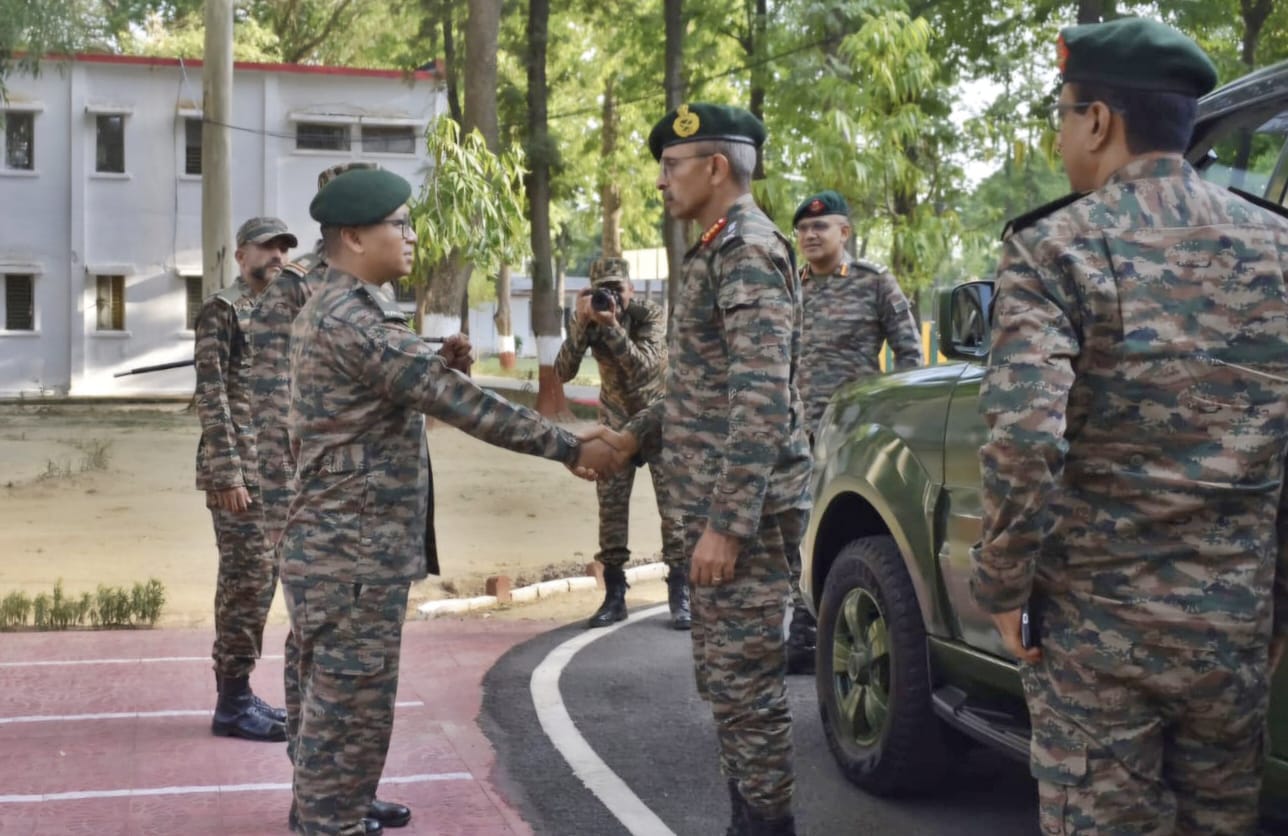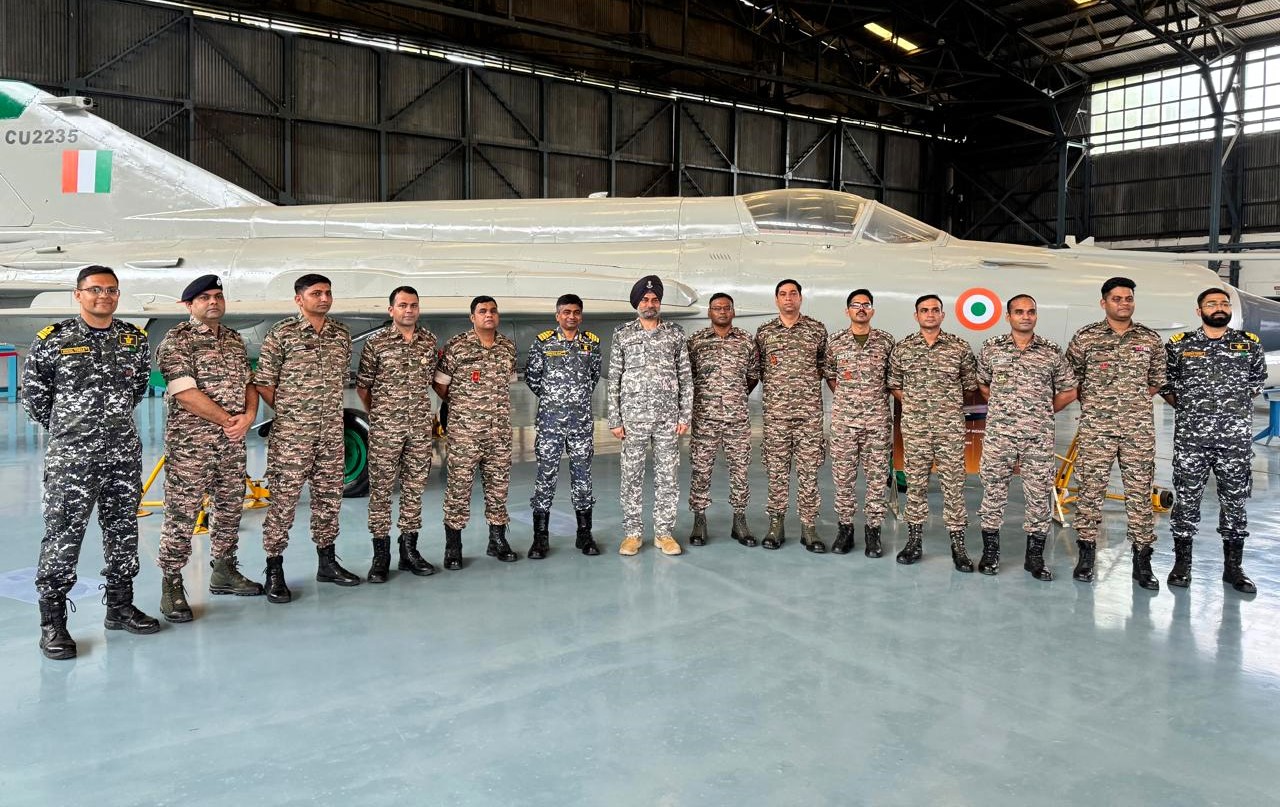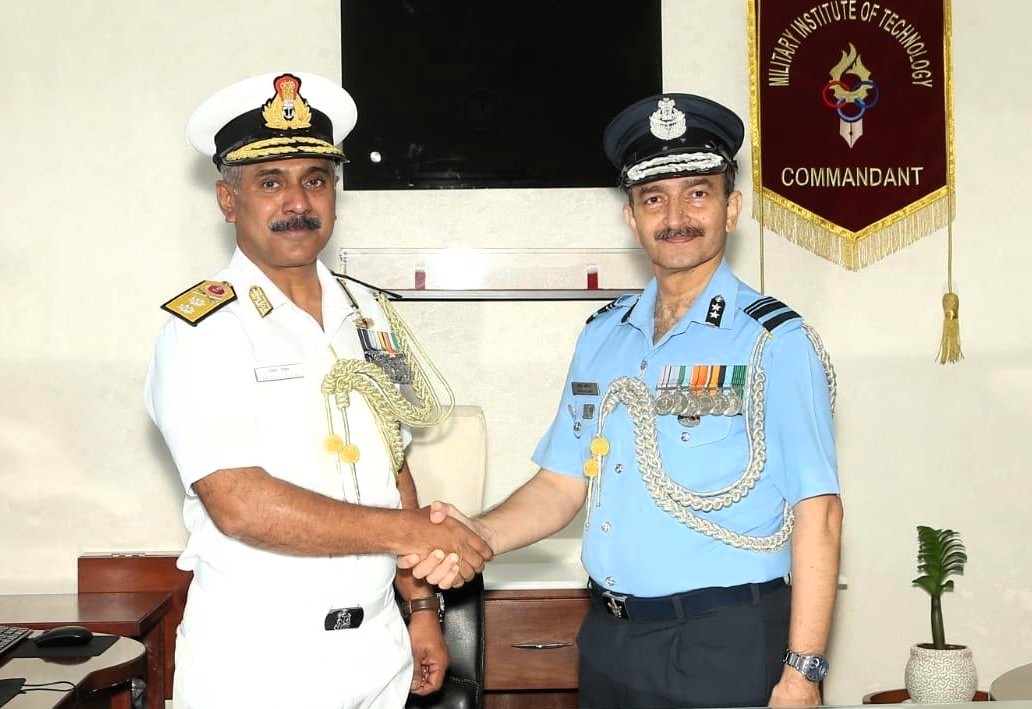Lt Gen Kavita Sahai Visits Medical Units at Dimapur Military Station
Lieutenant General Kavita Sahai, Commandant of AMC Centre & College and Officer in Charge of Records & Colonel Commandant, conducted…
13 Students Felicitated by Indian Army for Clearing NEET 2024
In a significant achievement, 13 students from Manipur were honored by Spear Corps of the Indian Army for successfully clearing…
Security Review Meetings Held Ahead of Amarnath Yatra
In preparation for the upcoming Amarnath Yatra, security review meetings were conducted at Chanderkote and Udhampur. The sessions focused on…
Lt Gen RC Tiwari Reviews Operational Preparedness at Shahjahanpur Military Station
Lieutenant General RC Tiwari, Commander of the Eastern Command, visited the Shahjahanpur Military Station in Uttar Pradesh, India. During his…
Indian Navy and CRPF Collaborate on Armament Quality Management Training
In a pioneering collaboration between the Indian Navy and the Central Reserve Police Force (CRPF), the Director General of Naval…
Rear Admiral Nelson D’Souza Takes Command of MILIT Pune
In a significant development at the Military Institute of Technology (MILIT), located in Pune, India, Air Vice Marshal Vivek Blouria…

